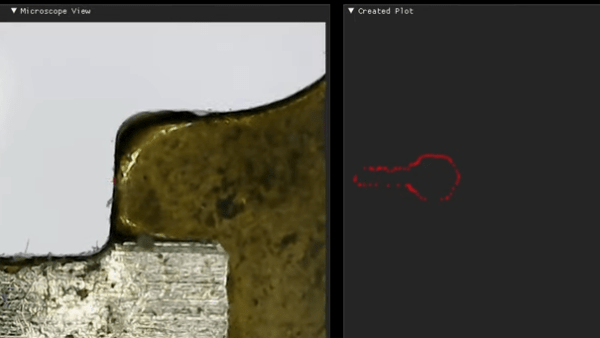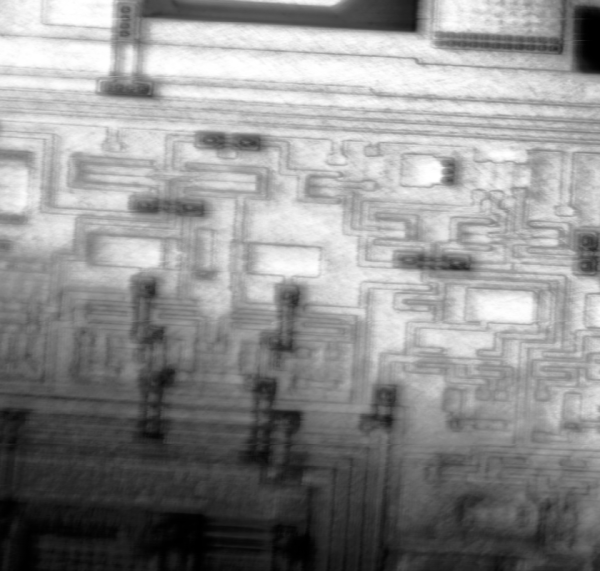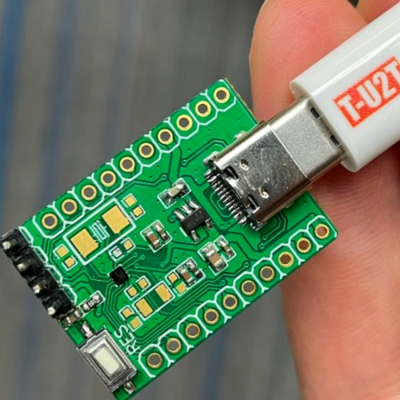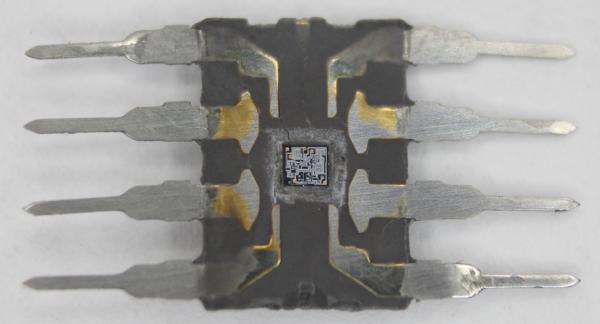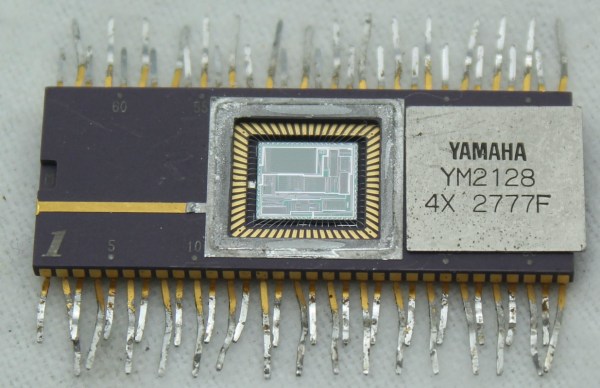Hackers frequently find themselves reverse-engineering or interfacing to existing hardware and devices, and when that interface needs to be a physical one, it really pays to be able to take accurate measurements.
This is easy to do when an object is big enough to fit inside calipers, or at least straight enough to be laid against a ruler. But what does one do when things are complex shapes, or especially small? That’s where [Cameron]’s DIY digital optical comparator comes in, and unlike commercial units it’s entirely within the reach (and budget) of a clever hacker.
The Comparatron is based off a CNC pen plotter, but instead of a pen, it has a USB microscope attached with the help of a 3D-printed fixture. Serving as a background is an LED-illuminated panel, the kind useful for tracing. The physical build instructions are here, but the image should give most mechanically-minded folks a pretty clear idea of how it fits together.
Continue reading “DIY Comparatron Helps Trace Tiny, Complex Objects”

